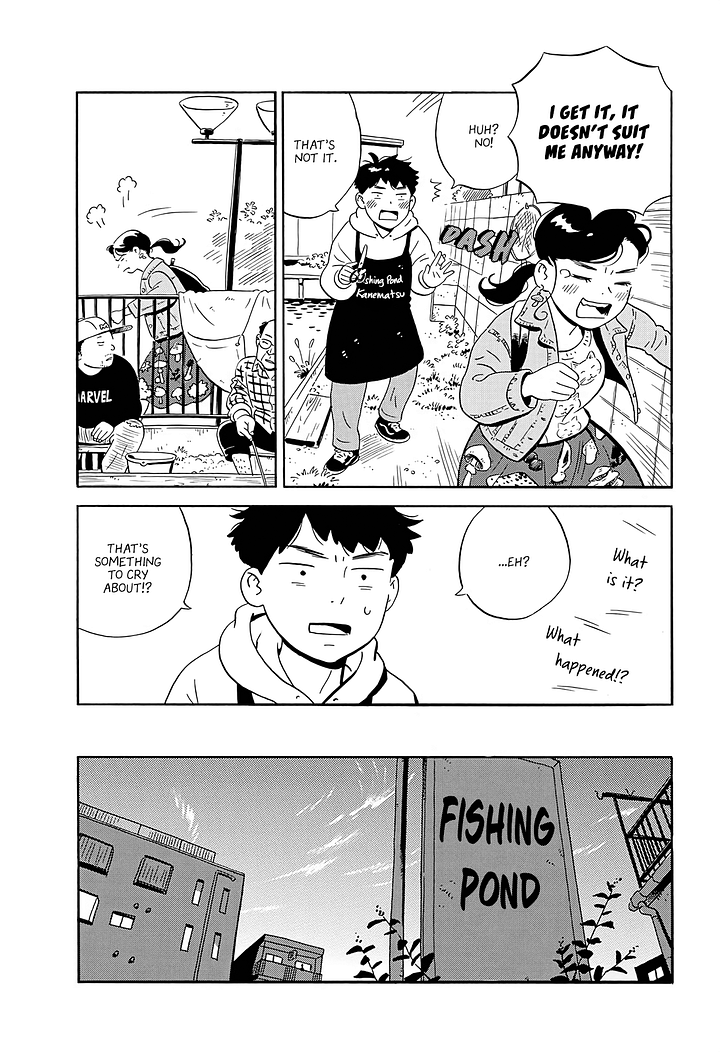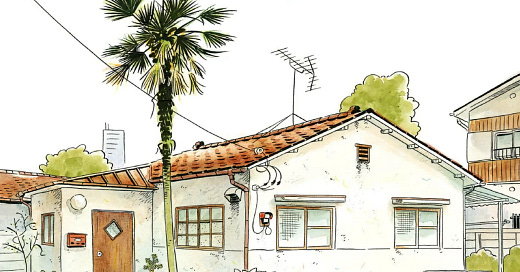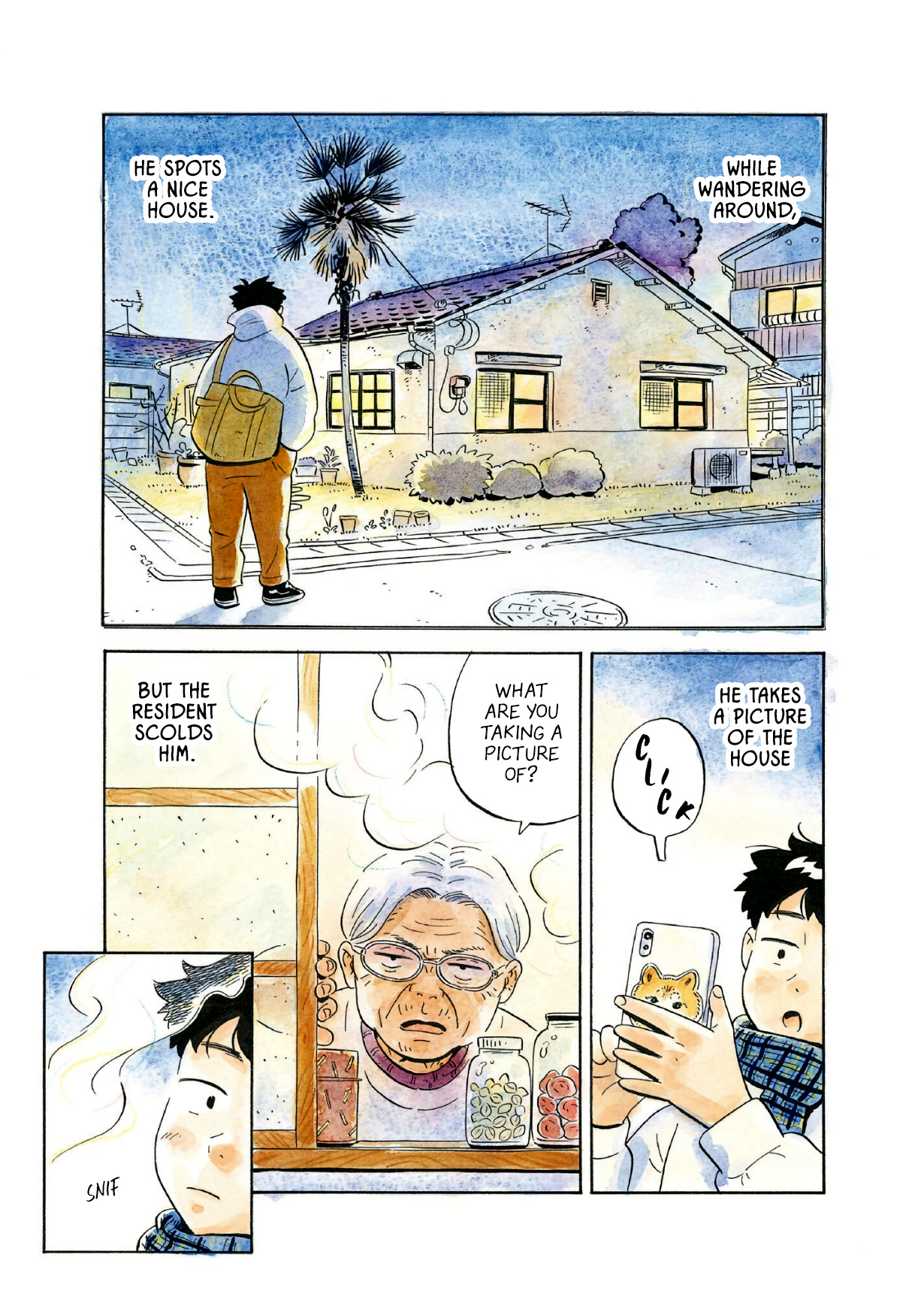Manga recommendations 1: Hirayasumi
A very common feature of anime and manga culture online is 'the top list'. I've always been somewhat averse to them, but hey, why not?
Rankings are a staple of nerdy stuff online. There’s entire websites dedicated to it, whole brands that spawned or were made memorable by them, and with manga and anime this is no different. Japan itself has many. Abema.tv, Anikore, NicoVideo, Akiba Souken, Honto, and many others, with VideoResearch, the actual viewership ranking, similar to Nielsen in the US, and Oricon, the collected sales numbers - from participant stores and still very much limited to physical paper editions, towering above all as standards. Often picked up by sites like ANN and Twitter users such as Josu_ke (seriously, go follow him if you don’t already: amazing content, some of the best data visualizations for manga and anime online), these rankings are used to report on how successful or well-received a series is. Western-focused sites like MAL and Anilist function, basically, as automated ranking generators. Users rate the anime and manga they’ve consumed and the sites collate that into general rankings.
Their purpose is not just to settle the little battles among fandoms, but also as tools for recommendations. After all, if a lot of people seem to like something, maybe there’s something to it, right?
Personally, I’ve never been too keen on them. Occasionally, I’ll check the Japanese rankings, usually when I see something really surprising on rankings, such as the weekly ones that Anime Trending posts on Twitter. The differences (and similarities) between Western and Japanese audiences are infinitely interesting to me. Frequently, though, I’m asked “what series do you recommend” or “what series have you been reading”.
This usually poses a challenge for me. Manga is such an immense medium and my reading habits so weird and inconsistent that, mostly, the only kind of answer I can give is “in this particular genre…”, or “I’d recommend these authors”. Very safe answers, because most of the time I’ll just completely forget some pretty fantastic series. And rankings? Damn near impossible for me. I have never been able to ‘quantify’ series with simplified school-test-like grades. “Ah, this series is a 9.3, that other is a 9.4”. Yeah, impossible for me. And even though I often have some best of the best through the years, they are always changing. Sometimes they just do, or upon a re-reading/re-watching I’ll change my mind, and I often have current series I’ll read as soon as they come out, even if I’m not that into them anymore.
So I decided to limit the scope and see if I can produce an ‘in no particular order’ list (so not really a ranking) of current ongoing series (limited to the present and not bothering with ‘best of all time’ stuff). Another ‘limiter’ here is ‘purely manga’. There’s a lot of fantastic adaptations from light novels going on right now. Some that, I’d personally say, even rival the original source material, with terrific artists. The Apothecary Diaries (薬屋のひとりごと, Kusuriya no Hitorigoto), by Hyuga Natsu and Nekokurage, and I’m in Love with the Villainess (私の推しは悪役令嬢。, Watashi no Oshi wa Akuyaku Reijou), by Inori and Anoshimo, come to mind.
This list is in no particular order other than ‘that’s the order I made notes about them’. I have a really hard time measuring series against each other when they’re of very different genres and styles. I apologize upfront as these will sometimes be very long posts, that will maybe ‘not fit an email’ (this platform is weird), as the main appeal for me to come back to publishing online something out of pure pleasure is writing whatever I want without the length limitations that are one of the sorest part of my everyday existence. Also cuz aptly describing some of these series, in my honest opinion, necessitates a bit more than your average lenght.
Mostly I’ll strive for spoiler free reviews, as I’m not really going in much detail other than the starting propositions for these series. If it catches your interest, you can go read them or about them.
That said, this is an ongoing list and I’ll be linking all of the past ones at the end of future ones.
Let’s get to it with my first recommendation.
Hirayasumi (ひらやすみ), by Shinzo Keigo
Coming out since April, 2021, on Weekly Big Comic Spirits (Shogakukan), Hirayasumi is not Shinzo-sensei’s first success. His already more-than-a-decade long career is full of works picked for film adaptations, like his 2010’s Moriyamachuu Kyoushuujo (森山中教習所), and award winner series, like Bokura no Funkasai (ぼくらのふんかさい). Very endearing, and funny, this seinen manga is a surprisingly deep one. It tells the story of Ikuta Hiroto, a 29 year-old freeter, who inherits an old yet charming and comfy house in Asagaya, Tokyo, from an old woman, Wada Hanae, who he had befriended quite randomly, I might add. Soon after inheriting the house, Hiroto receives word that his cousin, Natsumi, who’s just turning 18, has been approved for an Arts University in Tokyo, and so she comes to live with him.
Hiroto had tried his luck as an actor, an even though he did score some roles, the pressure of working in the industry was too great for him. So he leaves it behind and supports himself with odd jobs (a freeter, as we commonly see in many manga). His main odd job is as a part-timer on a fishing pound. Although the first chapter makes the joke that he just couldn’t handle the attractive women he had to share scenes with, Hiroto was actually pushed out of acting by the time and personal demands that the profession puts on performers. He really “wasn’t cut out for it”. He isn’t lazy or complacent, he just seems to be very easygoing. Very focus on living his life instead of thinking how he will live his life. He’s very connected to the people that cross his path and maybe that’s how he ended up becoming such good friends with Hanae. His time with her, although short, has certainly changed his life in more ways than one (beyond getting a free house) and he sure made the end of her life all the more meaningful.


Natsumi, on the other hand, is a somewhat shy, but feisty girl who secretly wishes to be a mangaka. Hiroto and her grew up together in Yamagata, before he left to pursue his acting career in Tokyo. She’s a pile of nerves as she says goodbye to Yamagata and moves in, three months after Hanae’s passing, to live with Hiroto at the flat house (literally, one-story house, hiraya sumi, 平屋済). She can also be pretty cynical and her first remark upon seeing the house is “shabby'“ and immediately grinding Hiroto because she’s suspicious he “tricked” “the granny” into leaving him the house.
While the story starts with Natsumi coming to live with Hiroto, not long after he inherits the house, we do see glimpses of his relationship with Hanae through (thematic) flashbacks that always accompany something they’re currently going through. We also get to meet the infinitely interesting cast of colleagues Natsumi meets at her University, in special Yokogama Akari, one of the best characters in this series for me, who wants to be a painter and does large works in large canvases. They become friends because, pressured by not having made any connections during her first week of classes, Natsumi goes to the welcome party being thrown by her veterans. There, the “flashy people”, as she calls them, actually talk to her, but she ends up drinking, and drinking way too much (illegally I might add, as she’s 18 and drinking age in Japan is 20) and ends up getting sick and they just abandon her as they board the train and leave her behind at the platform. She can barely stand up, so she calls Hiroto for help, but right them, also coming from the party, Akari presents her with a bottle of water and just runs away.
We also meet Hiroto’s childhood friend, Noguchi Hideki. Married now for about a year, he tells Hiroto that his first child is on their way. He has a pretty stable life, proper job as the manager of a furniture store (quite high end too), lives with his wife in the Koenji district (Suginami ward, the very next district east of Asagaya). Hideki grew up, he has responsibilities and has left behind the childish things that somewhat still entertain Hiroto (but not really, though). When he tells Hiroto, Hiroto doesn’t feel pressured though. He feels genuinely happy for his friend and wishes him the very best and all the happiness. Hideki, however, let’s us, the readers, see from the very start that things aren’t that easy or stable, and we are left with a bit of sour taste by the fact that he informs Hiroto that they might not get the chance to hang out that much anymore. A foreshadowing that, well, I’ll leave for those who happen to get interested to find out.
The final character that makes the core of characters on this series is Tachibana Yomogi. The house where Hiroto and Natsumi live in is under the care of a real estate agency (a common arrangement, it seems, in Japan and particularly in the more residential areas of Tokyo: although the house is owned by its proprietor, management of taxes, maintenance, etc., are done by a real estate agency that acts like a landlord on a rental property) and that’s the connection that will keep bringing her into the story. Because we don’t actually meet her there. We meet Yomogi, this woman that is the same age as Hiroto, who’s hard-working, albeit not very organized, a little preoccupied with her future, a little looking for love, a little looking for herself, is introduced to us at Hiroto’s main part-time gig: the fishing pond. She comes in, in the middle of the day, to fish. Alone. Hiroto finds her pretty, but differently from most attractive women he sees at his odd jobs, she doesn’t make him nervous. And he even feels comfortable enough to approach her and alert her that she forgot to remove a tag from jacket. And as he picks a pair of scissors and cuts the tag off for her he can’t help but yell “SO EXPENSIVE” when he sees the price. Poor Yomogi cries and literally runs away, sobbing that she knows that it “doesn’t match her” - which is not what Hiroto thought. A pretty bad first impression that will color their various next meetings. Meetings that happen because she works for the real estate agency, but also because she lives in Asagaya too, and a lot of this series is because of Asagaya.


This series is a very comfy slice of life with some incredible sets from the Asagaya district. It shines through the series how much Shinzo-sensei knows and loves the region, portraying it in very adoring ways, not only spotlighting various locales and landmarks, but the everyday beauty of street malls and tree covered streets. It is as much a story about the characters as it is about the district. This series, however, can probably surprise readers in more ways than just that. It broaches on some pretty deep subject matters. Hiroto is a young men who had big dreams, but the harsh competitive realities of the modern world were fundamentally incompatible with his, let’s say, disposition. Natsumi is very much an expression of that ‘recent adult’ angst, of someone who has a drive and a honed talent, but is still too young (and too separated from other people) to have the confidence to go with it. The side cast too works as a vehicle for these modern anxieties, some of them very much idiosyncratic of modern Japan: Hideki is living the normal life a 30 year-old should, but society and the demands at his job are crushing his soul, playing the typical family man is crushing his marriage, and more and more he sees himself as not good enough to be a good partner to his wife and a good dad to his little girl. Yomogi lives under the societal pressure of still being single and childless, and the recurring misogyny of colleagues and especially tenants, who refuse to have a woman as their landlord, real estate agent, or even ‘handywoman’ (Yomogi is quite the character, excelling in pantsuits as a salesperson or in jumpsuits fixing air conditioners or water heaters).
It’s an amazingly fun series that I can’t recommend enough. Art, characters, Shinzo-sensei’s keen eye for portraying the best and worst of current day Japan in such balanced ways. Hiroto and Natsumi are those sort of very well crafted manga characters, those that you feel somehow become part of your life as you get to know them deeply and root for them.
Unfortunately, Hirayasumi still hasn’t been licensed in English yet, so we have Tsubame Club to thank for having excellent and timely fan translations. Huge publishing blindspot, as personally I’d very much like to own physical copies of it. It currently has 4 volumes out in Japan (with its 4th volume receiving a reprint in February, it had gotten reprints of the other volumes back in August of last year too).








